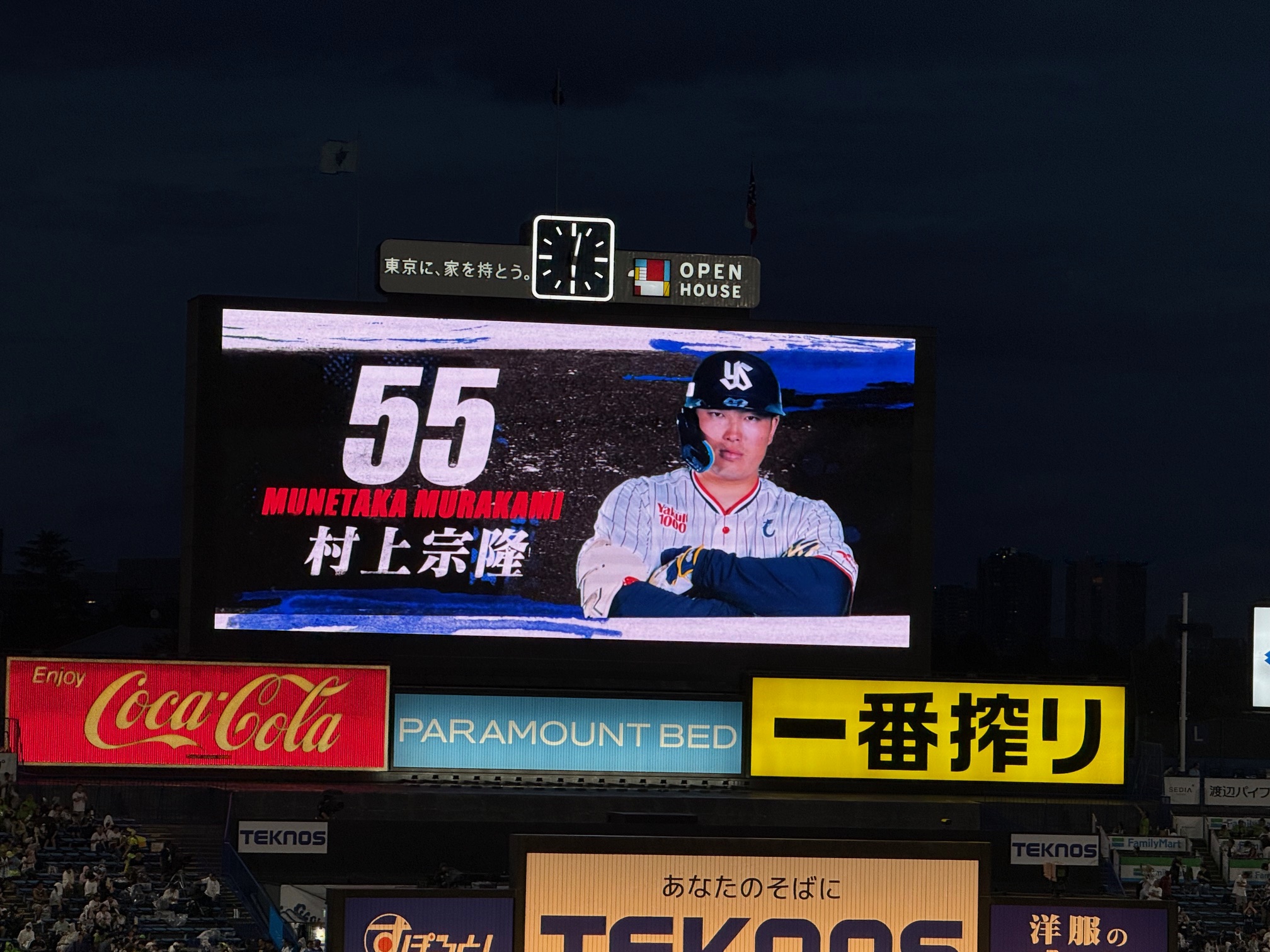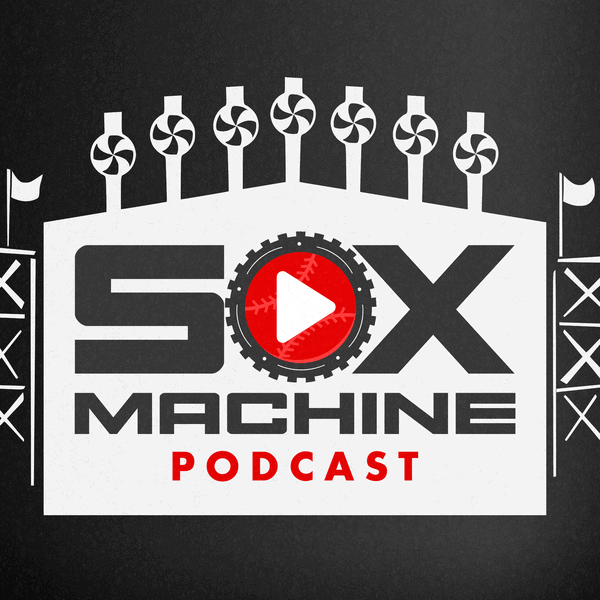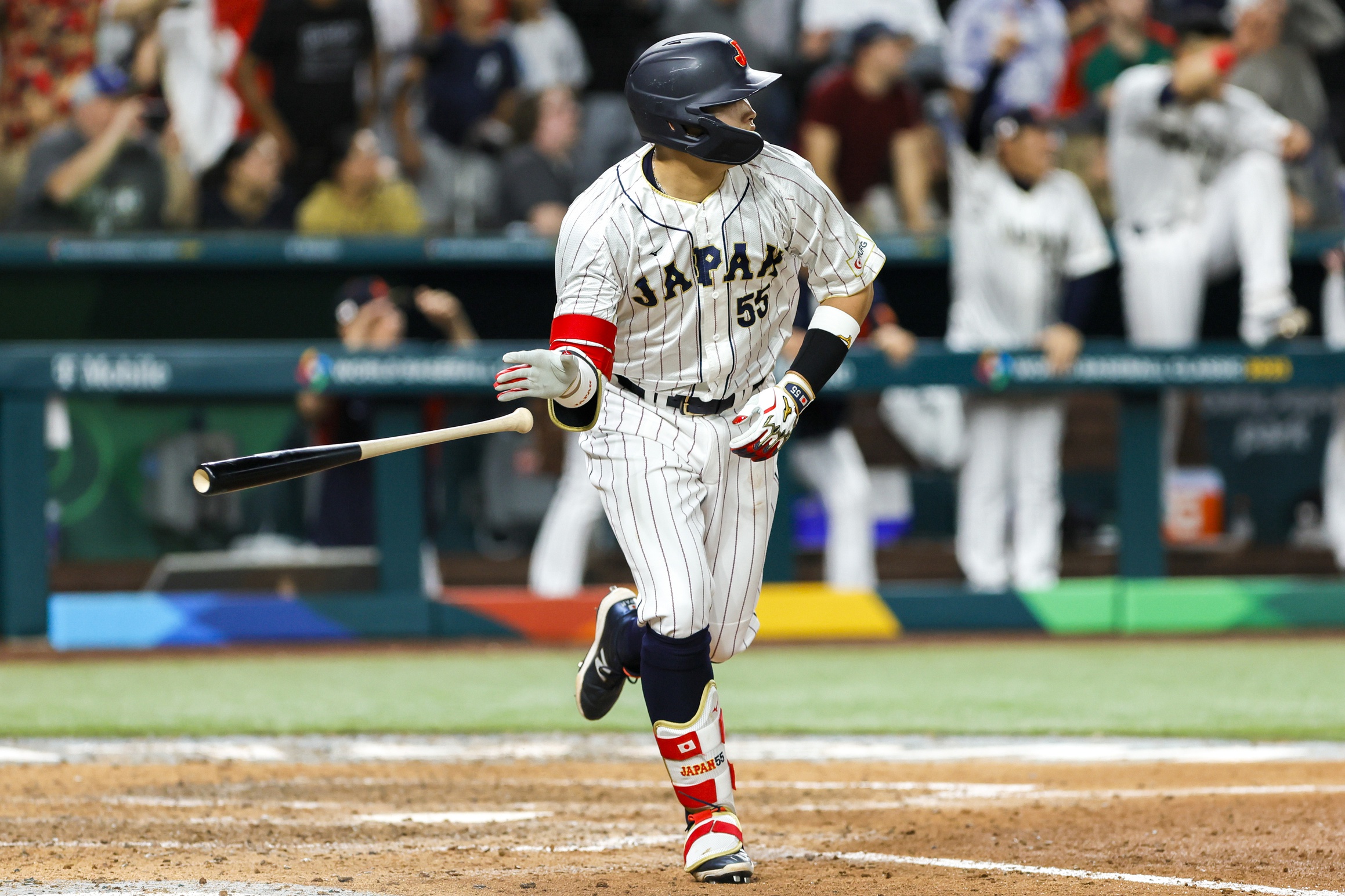The drastic realignment of affiliates and pandemic-adjusted scheduling already ensured that the return of Minor League Baseball would look a lot different from the way we remembered it.
Major League Baseball figures it may as well explore the studio space by altering the rule book in various ways at the different levels. The league announced on Thursday that whenever farm teams are able to take the field again, each level will be doing so with a unique wrinkle in play.
Pulling from the press release for the sake of precision:
Triple-A (large bases):
To reduce player injuries and collisions, the size of first, second and third base will be increased from 15 inches square to 18 inches square. The Competition Committee also expects the shorter distances between bases created by increased size to have a modest impact on the success rate of stolen base attempts and the frequency with which a batter-runner reaches base on groundballs and bunt attempts.
Double-A (defensive positioning):
The defensive team must have a minimum of four players on the infield, each of whom must have both feet completely in front of the outer boundary of the infield dirt. Depending on the preliminary results of this experimental rule change, MLB may require two infielders to be positioned entirely on each side of second base in the second half of the Double-A season. These restrictions on defensive positioning are intended to increase the batting average on balls in play.
High-A ("step off" rule):
Pitchers are required to disengage the rubber prior to throwing to any base, with the penalty of a balk in the event the pitcher fails to comply. MLB implemented a similar rule in the second half of the Atlantic League season in 2019, which resulted in a significant increase in stolen base attempts and an improved success rate after adoption of the rule.
Low-A (pickoff limitation, automatic ball strike):
Pitchers will be limited to a total of two “step offs” or “pickoffs” per plate appearance while there is at least one runner on base. A pitcher may attempt a third step off or pickoff in the same plate appearance; however, if the runner safely returns to the occupied base, the result is a balk. Depending on the preliminary results of this experimental rule change, MLB will consider reducing the limitation to a single “step off” or “pickoff” per plate appearance with at least one runner on base.
And for the Low-A Southeast:
In addition to the limitations on step offs/pickoffs, MLB will expand testing of the Automatic Ball-Strike System (“ABS”) that began in the Atlantic League and Arizona Fall League to select Low-A Southeast games to assist home plate umpires with calling balls and strikes, ensure a consistent strike zone is called, and determine the optimal strike zone for the system.
All of these are radical to some degree, but I think they'd be more drastic if they occurred in the context of a White Sox game, where we have more inherent knowledge of which hitters get the second baseman standing in mid-right field, or which players seem like they should steal more bases (an answer for both is Yoán Moncada). I'm sure Gavin Sheets probably wouldn't mind going back to Birmingham with all the infielders standing on dirt, but we don't have the same visual library of hits taken away. OK, he'd probably mind going back to Birmingham. No offense to Birmingham, it's more that he performed there.
Likewise, it wasn't all that long ago that Micah Johnson stole 80 bases between the two A-ball levels, and Adam Engel put the Dash in Winston-Salem with 65 swipes. It seems like the really fast runners are never at a shortage of opportunities, and should James Beard or Cabera Weaver reach these levels, the limitations on pickoffs could merely act as an accelerant for somebody who was planning on accelerating early and often .
We've also seen the minors act as a laboratory before with pitch clocks, seven-inning doubleheaders and the runner in second in extra innings. All of these are more natural in environments where development matters more than wins, and in-person fan satisfaction drives the product more than TV ratings and ad spots.
Granted, we saw MLB try the latter two ideas, but the pandemic provided sound reasoning. COVID-19 already shortened the season to 60 games, so that established public health as a top priority to usher in lesser changes. These rules randomly dropped into a standard MLB season would present a major departure, at least for certaing groups of players. Neither solve the two biggest issues with the crawling pace of play and the number of balls in it -- pitchers with amazing stuff, and geometry for left-handed hitters, both of which make the value of a lifted ball far greater than that of a grounder.
Nevertheless, it'll give us something a little extra to watch when the White Sox's affiliates take the field. It'll be extra because after a year and change without the minor-league affiliates, there was already plenty of reason to pay attention.
PERTINENT!
(Photo by Amcannally)






